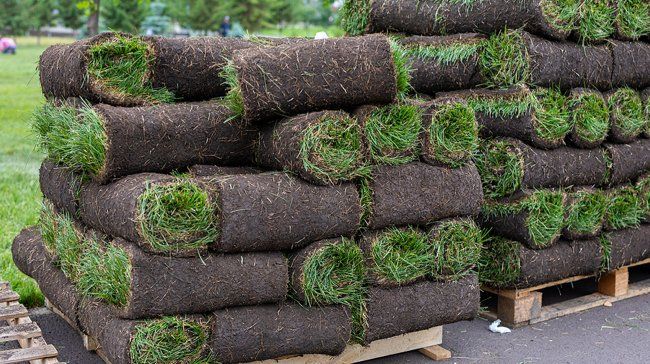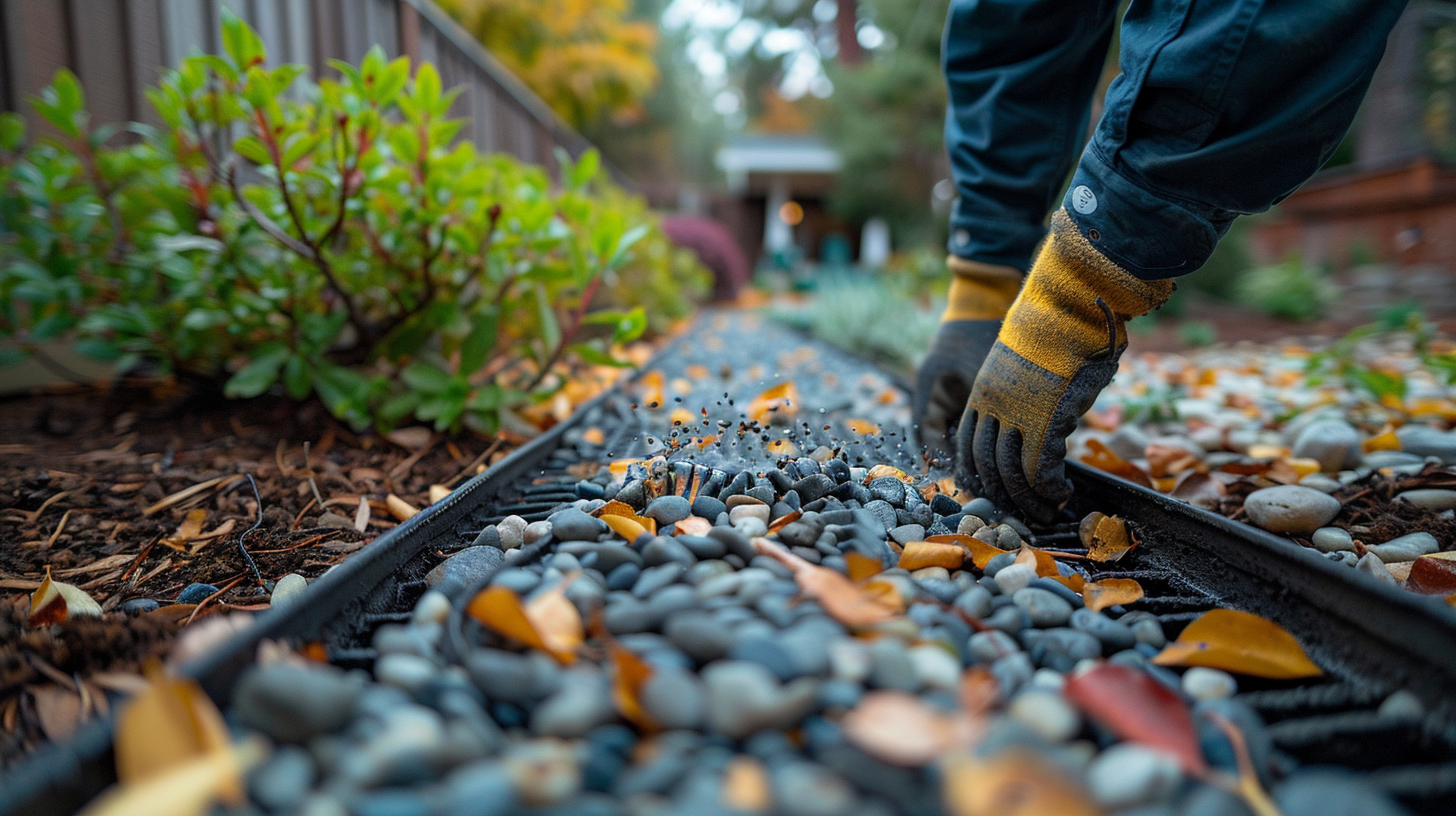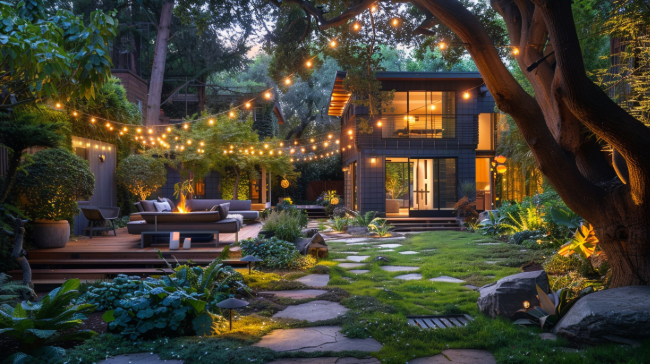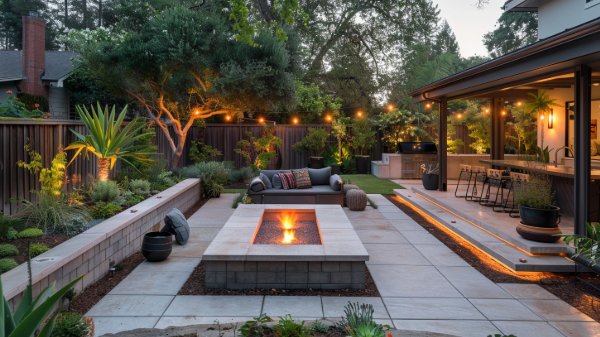Examining the Best Sods for Northern California

Examining the Best Sods for Northern California
A good landscaping contractor will tell you that although sod can be the perfect solution for establishing a lawn, the right sod will work as well as the wrong sod will fail. It's important to understand the conditions in which different types of grasses will do well. There are more than 12,000 species of grass on the planet. When you unroll the beautifully alive sod into your yard's space, you want to make sure that it's one of the species that will thrive in your particular region.
What Is Sod?
Sod is the top layer of soil that has grass attached to it. It is often harvested into rolls, with a healthy root system that keeps the grass alive and immediately bonds it to the soil upon which it is unrolled. Sod can be installed anytime during the growing season, except in extreme heat. It works well on slopes to hold the soil in place.
What Are the Best Types of Sod Varieties for Northern California?
Northern California has a pretty temperate climate. Generally, over the course of a year, the temperature ranges between 39 degrees and 94 degrees. Though it rarely gets up above 100 degrees, climate change is creating hotter summers across the country. While summers are hot and arid, with lots of sunshine, winters bring rain and clouds. Certain types of grasses respond well to this climate.
Dwarf Fescue grasses are suitable for high-traffic areas as they are durable. They are low maintenance with even texture and growing. These grasses are a slow-growth variety and are drought-resistant. One of the main considerations of this designation is the amount of water required for irrigation needs. Fescue grasses generally require very little.
Dwarf Fescue sod should roll out and has a dense root system that is tolerant of most soils. It'll keep its deep green color year-round. Because of its easy durability, this type of sod is great for homes, commercial installations, parks and athletic fields.
Rhizomatous Tall Fescue, or RTF, is an advanced generation variety of tall fescue. This grass produces rhizomes, which are underground stems that extend laterally through the soil to spread the plant and enable the grass to repair itself. It has a rich green color and grows equally well in sun or shade. This type of sod is ideal for commercial and residential lawn applications.
Kentucky bluegrass sod produces a lush, dense and durable lawn. When it's mixed with a species of fescue, it produces a formidable sod that is plenty able to handle the climate of northern California. These mixes offer the best of both worlds. The bluegrass brings the heavy, root rhizome qualities while the fescue brings heat, shade, drought and wear tolerances. Bluegrass fescue combination sods are generally fungus resistant and are great for residential and commercial applications, especially athletic fields.
Bluegrass also mixes well with ryegrasses to produce a sod that will flourish in northern California. Ryegrasses are renowned for being a beautiful turf grass that is extraordinarily wear-resistant. When mixed with the bluegrass, this sod improves wear and shade tolerance. Tolerant to common fungus, these combination sods offer good winter color.
Bermuda sod is another solid choice for northern California because Bermudagrass produces a dense turf that is well adapted to the soil found in warm and temperate climates. It has great salt, wear and drought tolerance and can outcompete most weed species.
Buffalograss is a dense sod that stabilizes soil for erosion control. It provides excellent tolerance to drought, cool climates and heavy foot traffic. It does best with long exposure to daily sunlight and is excellent for high-traffic areas.
Zoysiagrass is a warm climate grass with an impressive cold tolerance. Though it prefers sun, it can tolerate some light shade. It has low water requirements and is tolerant of heat and drought. It grows dense, so is another grass that is good for high-traffic areas.
St. Augustine grass is similar to Bermudagrass but doesn't have rhizomes. It will keep its color up to ten degrees lower than Bermudagrass and is tolerant of high summer temperatures. It is also one of the most shade tolerant grasses and flourishes in irrigated areas with good drainage. It is comparable to both Bermudagrass and Zoysiagrass in that it can grow in a range of soils. Some other advantages of a St. Augustine lawn include:
- Tolerates coastal and saline soil
- Tolerates moderate foot traffic and has good injury recovery
- Possesses a good green-up after a period of dormancy
- Outcompetes weeds
Choosing the proper sod for your lawn is one of the biggest lawn care decisions that you will make. There are lots of choices of sods that thrive in the climate of northern California. For more information on installing the best sod for your lawn or how we can help bring your landscape to life in any other way,
contact us at Canepa Landscaping today.




